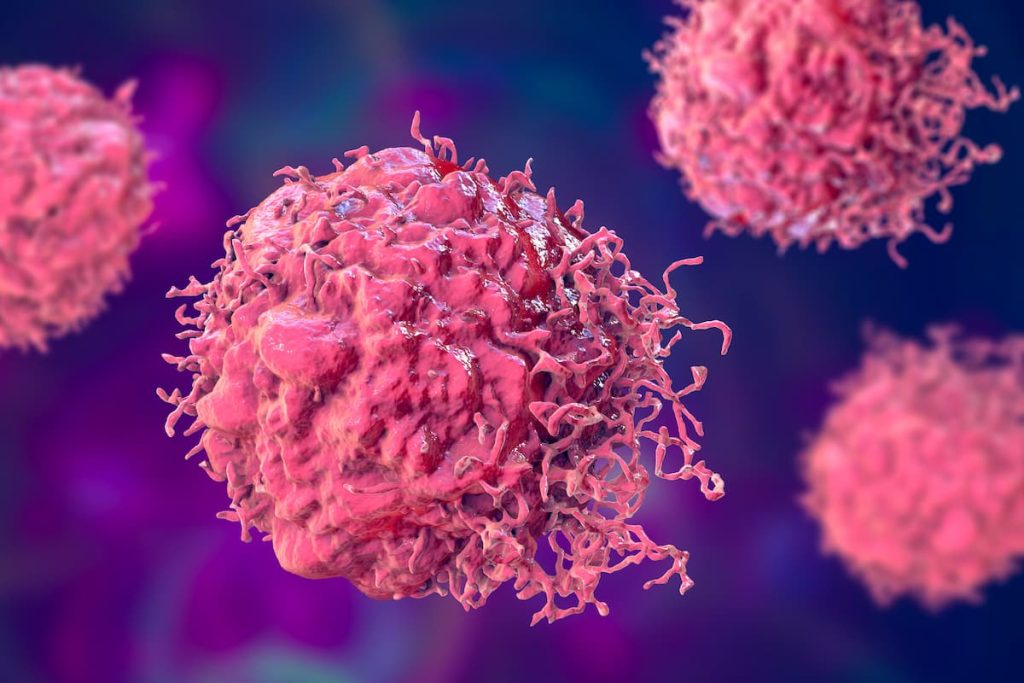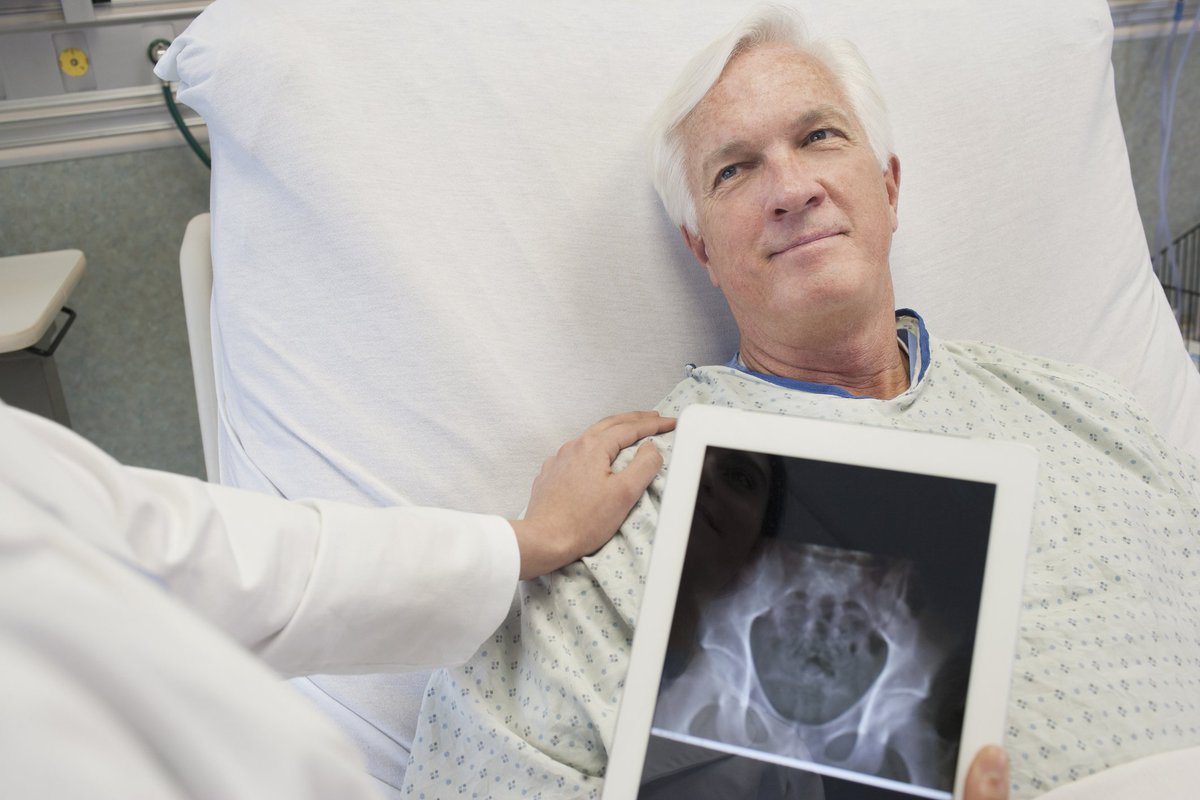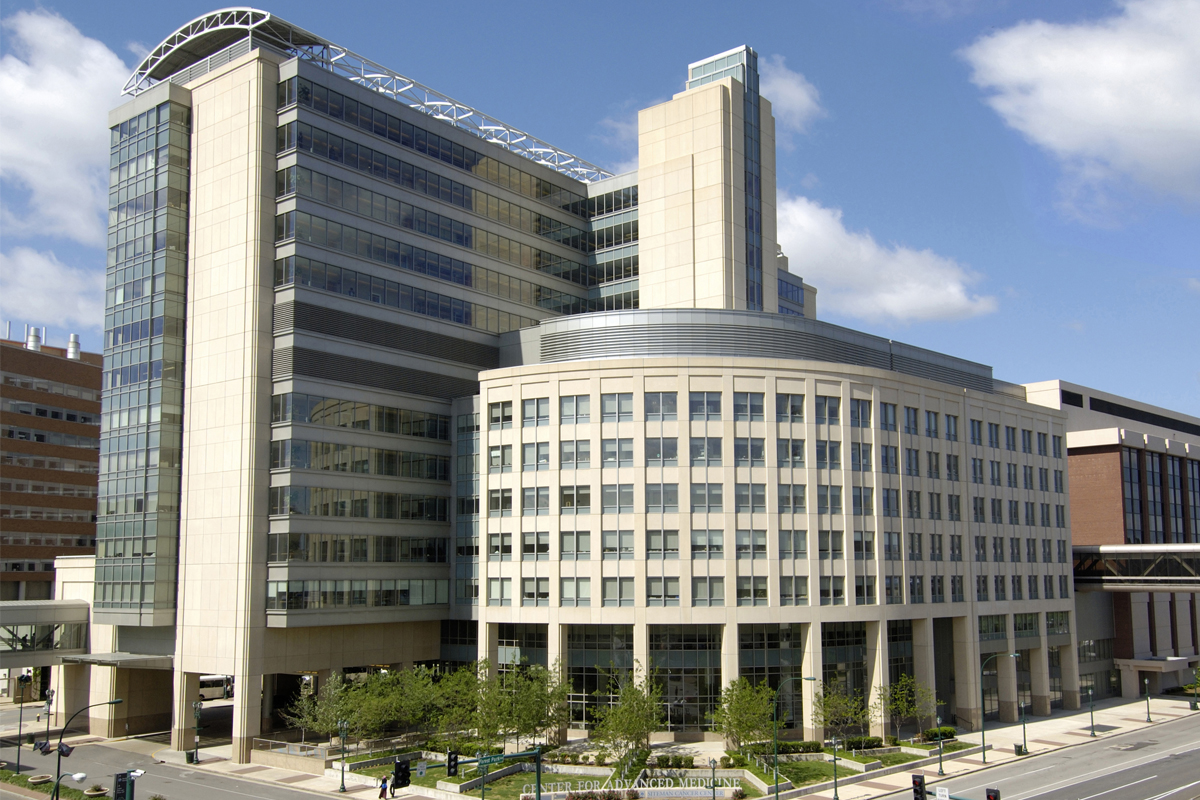Last Updated on October 21, 2025 by mcelik

Cancer recurrence worries both patients and doctors a lot. When cancer returns after treatment, it’s tough and emotional. Some cancers come back more often than others. For example, bladder cancer has a notably high recurrence rate, with approximately 50% of patients experiencing a return after cystectomy. Moreover, ovarian cancer has one of the highest recurrence rates at around 85%, and glioblastoma nearly always recurs. Other cancers with high recurrence rates include soft tissue sarcomas (about 50%), pancreatic cancer (36-46%), and certain aggressive breast cancer types like triple-negative breast cancer. Knowing which cancers have the highest recurrence rate for cancer helps doctors create better treatment plans and offer tailored supportive care. Understanding these recurrence risks is essential for managing treatment options and improving patient outcomes.
Cancer recurrence is when cancer comes back after treatment. It’s a big worry for patients and their families. We know it’s tough to face the chance of cancer returning.

Cancer recurrence happens when leftover cancer cells start growing again. This can be close by, in the same area, or far away. Knowing what cancer recurrence is helps doctors plan better treatments and support patients. Some cancers, especially those with the highest recurrence rate for cancer, require more aggressive follow-up care.
It’s important to tell the difference between recurrence and progression. Recurrence is when cancer comes back after being in remission. Progression means the cancer keeps growing or spreading, even with treatment. Patients diagnosed with cancers that have the highest recurrence rate for cancer must stay alert to signs of both recurrence and progression.
Recurring cancer affects patients’ minds and bodies a lot. They might feel scared, anxious, or depressed. We focus on helping with these feelings and managing symptoms, too.
For people with cancers known to have the highest recurrence rate for cancer, the emotional toll can be especially high. These patients often face long-term anxiety even after successful treatment.
Bladder cancer is a big challenge for patients and doctors. It’s one of the cancers with the highest recurrence rate for cancer. It affects many people worldwide and comes back in a large percentage of cases.

The numbers on bladder cancer recurrence are scary. Studies show that up to 70% of patients see their cancer come back within five years. This high rate shows we need better follow-up care and ways to stop cancer from coming back.
It’s important to know why bladder cancer comes back so often. The first tumour’s size, type, and the patient’s health all play a part. These factors help decide if cancer will come back.
Managing bladder cancer means figuring out who’s at highest risk. Doctors use tumour size, grade, and other factors to sort patients. This helps tailor treatments to each person’s needs.
Those at high risk might get more intense treatments like intravesical therapy or radical cystectomy. This can lower the chance of cancer coming back. But those at lower risk might get less aggressive treatments. This helps avoid over-treatment.
Stopping cancer from coming back is a main goal in treating bladder cancer. Doctors use surgery, chemotherapy, and immunotherapy to try to prevent this. The treatment plan depends on the tumour’s stage, grade, and the patient’s health.
For early-stage bladder cancer, intravesical therapy is often used. This involves putting medicine directly into the bladder to kill any cancer cells left behind. For more serious cases, radical cystectomy might be needed. This involves removing the bladder and nearby tissues.
We’re always looking for ways to improve treatment for bladder cancer patients. By understanding why cancer comes back and finding better treatments, we hope to lower the recurrence rate.
Glioblastoma multiforme is a tough cancer to beat because it often comes back. It grows fast and is hard to treat. We need to know how it works to find better ways to fight it.
This cancer comes back almost 90% of the time within two years. It’s a big problem in brain cancer treatment. The tumour grows fast and spreads into the brain, making it hard to remove completely.
Key statistics on glioblastoma multiforme recurrence include:
The reasons for glioblastoma multiforme coming back are complex. It involves changes in genes and how the tumour interacts with its environment. We’re learning that some genes and pathways are key to its return.
Doctors use a mix of treatments for this cancer, like surgery, radiation, and chemo. They’re also looking into new ways, like targeted therapy and immunotherapy, to help patients.
The aim is to not just live longer but also to keep patients’ quality of life good. By understanding why it comes back and finding better treatments, we hope to help more patients with glioblastoma multiforme.
Non-melanoma skin cancers, like basal cell and squamous cell carcinoma, have specific recurrence patterns. Knowing these patterns helps doctors plan treatments better. This approach aims to lower the chance of cancer coming back and improve patient outcomes.
Basal cell carcinoma (BCC) is the most common skin cancer. It rarely spreads but can come back if not treated properly. The rate of BCC coming back depends on how it’s treated and its characteristics.
Research shows that Mohs surgery for BCC leads to fewer recurrences than traditional excision.
Squamous cell carcinoma (SCC) is another common skin cancer. It has a higher chance of spreading than BCC. The likelihood of SCC coming back depends on its size, depth, and how it looks under a microscope.
SCCs that are at high risk of coming back and spreading need aggressive treatment. They also need close monitoring.
The quality of the excision and how well the margins are done are key. If the cancer isn’t fully removed or if the margins are not clear, the risk of it coming back goes up. Making sure the margins are clear during surgery is very important to lower the chance of recurrence.
Some features make non-melanoma skin cancers more likely to come back. These include big tumours, poor cell structure, spreading to nerves, and being in people who are immunosuppressed. Spotting these early allows for more intense treatment and watchful waiting. This can help lower the risk of it coming back.
By knowing how these cancers come back and what affects it, we can make better treatment plans. This leads to better results for patients and a lower chance of cancer coming back.
Breast cancer is a complex disease with different types. Each type has its own risk of coming back. Knowing this helps doctors plan better treatments.
Triple-negative breast cancer (TNBC) is very aggressive and has a high chance of coming back. Research shows that TNBC has a 30% recurrence rate. This is much higher than other types of breast cancer.
Its aggressive nature is because it lacks estrogen and progesterone receptors. It also has too much HER2 protein.
Hormone receptor-positive (HR+) breast cancer is more common and has a better outlook. But, its chance of coming back can change based on several factors. These include the size and grade of the tumour, and how well it responds to hormone therapy.
Generally, HR+ breast cancer has a lower recurrence rate than TNBC.
HER2-positive breast cancer has too much HER2 protein. Thanks to new treatments like trastuzumab, its outlook has improved a lot. The chance of it coming back is lower than TNBC.
But it can depend on how well the treatment works.
Recurrence can happen in the same breast or in other parts of the body. Knowing the risk for each type is key for follow-up care. For example, TNBC patients are more likely to have recurrence in distant organs.
Other cancers like ovarian, acute myeloid leukemia, colorectal, and melanoma also have high recurrence rates. It’s important to know about these cancers and their patterns. This knowledge helps in creating better treatment plans.
Ovarian cancer often comes back because it’s often diagnosed late. Up to 70% of patients with advanced ovarian cancer experience recurrence within two years after treatment. The cancer’s stage, leftover disease after surgery, and the patient’s health play big roles.
“The high recurrence rate in ovarian cancer shows we need better ways to diagnose and treat it.”
AML is tough to beat because it often comes back. About 50% of AML patients relapse, often in the first year after treatment. The cancer’s genetic makeup, the patient’s age, and how well they respond to treatment all matter.
“The prognosis for patients with relapsed AML remains poor, highlighting the need for novel therapeutic approaches.”
How often colorectal cancer comes back depends on its stage and treatment. Recurrence rates range from 5% to 30% for stages II and III. Things like lymph node involvement, tumour grade, and how well the surgery went affect the chance of it coming back.
Melanoma’s return is tied to several factors. These include the tumour’s thickness, if it’s ulcerated, and if lymph nodes are involved. Patients with stage III melanoma have a recurrence rate of about 50%. Catching it early and treating it quickly are key to managing its return.
Knowing how these cancers come back is key to better patient care. By spotting risk factors and tailoring treatments, we can aim to lower these cancers’ recurrence rates.
Cancer recurrence is influenced by genetics, molecular factors, and lifestyle. Knowing these factors helps in creating better treatment plans. This knowledge is key to improving patient outcomes.
Genetics and molecular factors are very important in cancer recurrence. Certain mutations and gene expressions can make cancer more aggressive. This increases the chance of it coming back.
Key genetic determinants include:
The stage and characteristics of the tumour at first are also important. Tumours diagnosed later or with aggressive traits are more likely to come back. Knowing the tumour’s biology early helps in making treatment plans that reduce this risk.
For more detailed statistics on cancer recurrence, we can refer to resources such as Cancer Therapy Advisor. It provides detailed data on recurrence rates and what influences them.
How a cancer responds to treatment and develops resistance is a big factor in recurrence. Cancers that don’t respond well to treatment are more likely to come back. So, understanding and beating resistance is a major focus in cancer research.
Factors influencing treatment response include:
Lifestyle and environmental factors also affect cancer recurrence. Diet, exercise, smoking, and exposure to harmful substances can all play a role. Encouraging healthy lifestyles and reducing harmful exposures is vital in cancer care.
Recommendations for reducing recurrence risk through lifestyle changes include:
By understanding and addressing these factors, we can develop better ways to prevent cancer recurrence. This will help improve patient outcomes.
The journey through cancer treatment often leads to a state of remission. This term holds significant hope for patients. Remission means the absence or reduction of cancer symptoms and signs.
It’s a critical concept in cancer treatment. Understanding remission is essential for both patients and healthcare providers. It shows if the treatment is working and guides further management.
Remission in cancer treatment means the disease is under control. There are no signs or symptoms. It doesn’t mean the cancer is cured, but it’s being managed well.
We use the term “remission” because cancer can sometimes return. This is called recurrence.
There are two types of remission: complete and partial. Complete remission means all signs and symptoms of cancer have disappeared. But, it doesn’t mean the cancer is cured, as microscopic cancer cells might be present.
Partial remission means the cancer has responded to treatment. The tumour size has decreased, but some cancer is detectable.
Monitoring during remission is key for early detection of recurrence. Regular follow-ups are recommended. This includes physical exams, imaging tests, and sometimes blood tests.
The frequency of these tests depends on the type of cancer, the stage at diagnosis, and the treatment received.
While in remission, it’s important to be aware of warning signs. These can vary depending on the type of cancer. They often include new lumps or masses, persistent pain, changes in bowel or bladder habits, or unexplained weight loss.
If any of these symptoms occur, patients should contact their healthcare provider immediately.
Understanding remission and its implications is vital for navigating the cancer journey. Recognizing the signs of remission and the importance of ongoing monitoring is key. Patients can work closely with their healthcare team to manage their condition effectively and address any concerns promptly.
Recent advances in cancer treatment have greatly improved outcomes. They have also lowered recurrence rates for many cancers. Immunotherapy and targeted therapy have played key roles in this.
Understanding what causes cancer to come back is key. This includes genetic and molecular factors, the initial tumour stage, and how well the treatment works. With this knowledge, doctors can create better treatment plans.
These plans not only help patients live longer but also improve their quality of life. As we keep pushing forward in cancer treatment, it’s vital to watch patients closely during remission. This way, we can catch any signs of cancer coming back early.
The progress in reducing cancer recurrence rates shows the hard work in cancer research and treatment. We’re dedicated to providing top-notch healthcare. Our goal is to make patients’ lives better and their outcomes more positive.
Cancer recurrence happens when cancer comes back after treatment. It can be near the original site, in nearby areas, or far away.
Recurrence means cancer comes back after treatment. Progression is when cancer grows or spreads while being treated.
Cancers like bladder, glioblastoma multiforme, non-melanoma skin cancers, and breast cancer have high recurrence rates. Ovarian cancer, acute myeloid leukemia, colorectal cancer, and melanoma also have high rates.
Remission means there are no signs or symptoms of cancer. It can be complete or partial.
Complete remission means no cancer is found. Partial remission means cancer is present but smaller or less severe.
Warning signs vary by cancer type. They include new symptoms, changes in old symptoms, or abnormal test results.
Genetic and molecular factors, like mutations and gene expression, greatly affect recurrence risk.
Lifestyle and environmental factors, such as diet, exercise, and carcinogen exposure, can affect recurrence risk.
Recurrence can be prevented or managed with effective treatment, follow-up care, and lifestyle changes.
Monitoring during remission is key to catch recurrence early. Early detection makes treatment more effective.
New treatments like immunotherapy and targeted therapy have improved outcomes and lowered recurrence rates.
Remission means cancer is controlled, with no signs or symptoms.
Remission is when cancer is no longer detectable or is under control.
Recurrence in cancer means it comes back after treatment.
Subscribe to our e-newsletter to stay informed about the latest innovations in the world of health and exclusive offers!
WhatsApp us